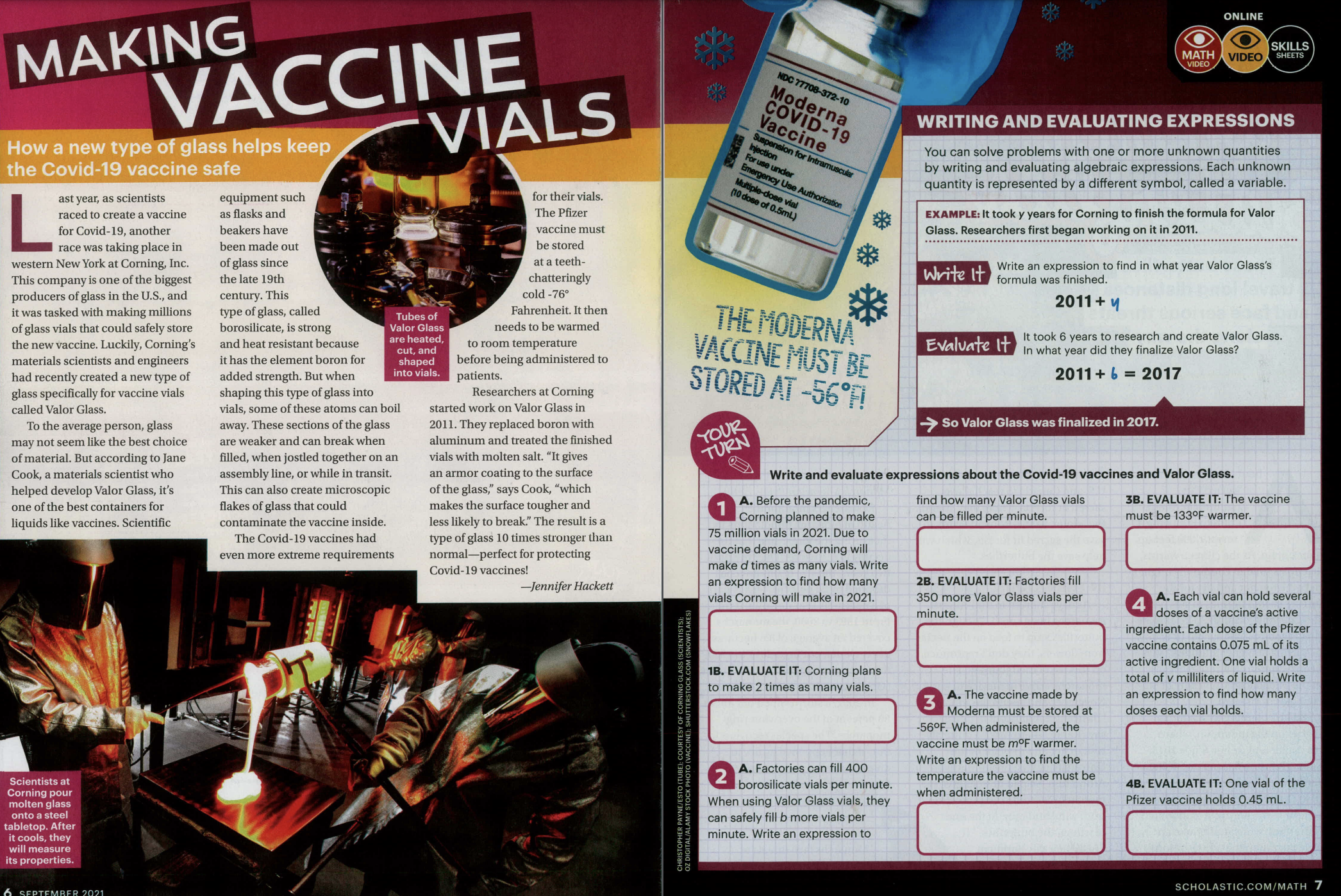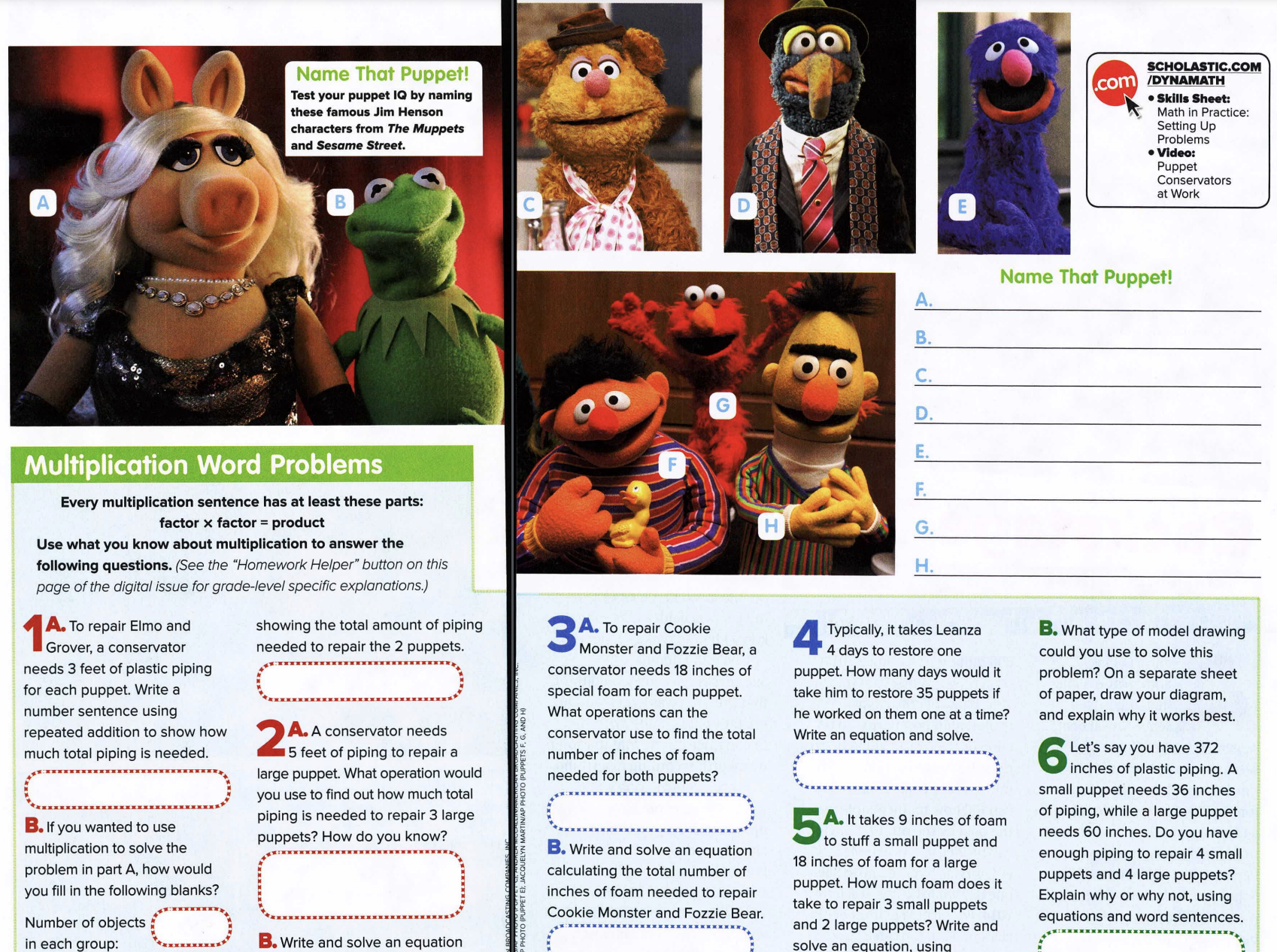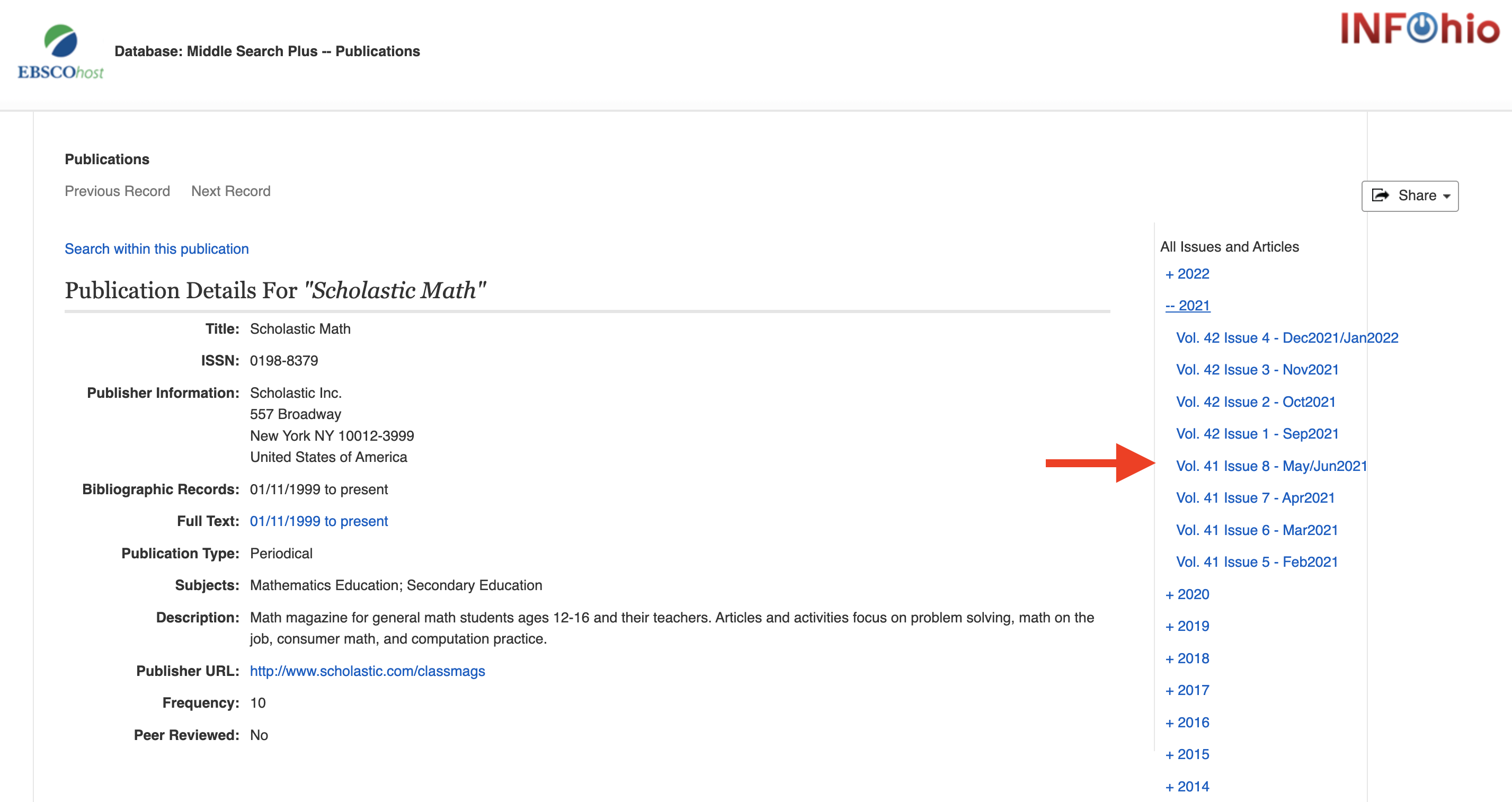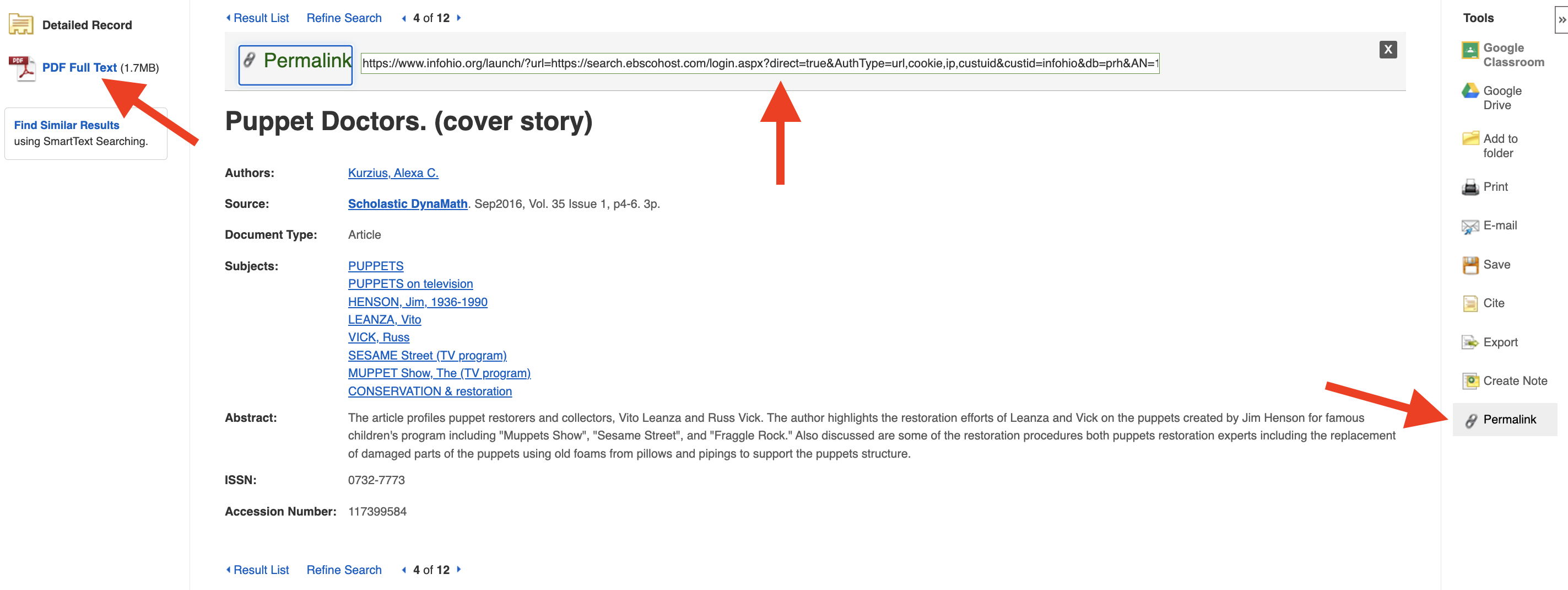Author // Sarah Mowery Friday, 25 February 2022
When you think of a mathematics classroom you are probably thinking about numbers, equations, and formulas. Many may not think about the reading and writing that is also necessary for a mathematics classroom. In order for students to think like a mathematician they also need to read and write like one. In their article, "Writing in Math: A Disciplinary Literacy Approach," William Brozo and Sarah Crain (2018) emphasize the importance of literacy in math, stating that, "problem solving in math begins and ends with literacy."
In Ohio's Learning Standards for Mathematics, the Standards for Mathematical Practice "describe varieties of expertise that mathematics educators at all levels should seek to develop in their students." The first Standard for Mathematical Practice states that students need to "make sense of problems and persevere in solving them." When students understand real-world connections while solving mathematical problems, they are more confident and motivated to find the answer. Literacy skills support this, providing context and opportunities for reflection through reading and writing.
Reading in the mathematics classroom can bring authentic topics to the forefront and help students see the connection between mathematical concepts and the world around them. Highlighting key vocabulary words within the text and deciphering those words can also help students to better comprehend the text.
Writing in a mathematics classroom can come in many different forms. Students can use graphic organizers to organize their thoughts, annotate their notes to explain in more detail, and write about word problems to help deconstruct the question. In the article, "Content Area Literacy in the Mathematics Classroom," Armstrong, Ming, and Helf (2018) claim that "when students write in the mathematics classroom, it helps them analyze, interpret, and communicate ideas which serve to deepen their understanding of content."
Scholastic Math Magazines
Scholastic DynaMath Magazine is created for students in grades 3-5 and brings real-world math into the classroom. Scholastic Math Magazine is appropriate for students in grades 6-9 and features motivating practice problems that connect current events to math.
In the September 2021 issue of Scholastic Math, a writing and evaluating expressions question is included in the article "Making Vaccine Vials: How a New Type of Glass Helps Keep the Covid-19 Vaccine Safe." This article connects students to information about the Covid-19 vaccine. Reading the article first provides students with background knowledge on the type of material that is needed to make vaccine vials and how they are produced. After reading the article students complete the "Your Turn" section that includes math extension questions to write and evaluate expressions about the Covid-19 vaccines and the production of the vials. After solving the problems, students summarize the connection between the content read in the article with the expressions created to answer this question: how did the information from the article help you to solve and understand the math problems?

As we saw in the previous article above, deconstructing a word problem or any multi-step problem in the mathematics classroom helps students further analyze the question and explain their thinking. A writing strategy shared in "Writing in Math: A Disciplinary Literacy Approach" that can be used for this involves five steps to further break down a mathematics word problem:
Another strategy for breaking down word problems is by using the BUCK strategy as seen in this video from Annenberg Learner.
Starting with an informational text article to provide background knowledge about the subject of a word problem can also provide support for students to connect it to the real world and further their understanding. This September 2016 article in Scholastic DynaMath, "Puppet Doctors", provides students information on how Jim Henson and his team fix the puppets when they need repair. Students can read this article to understand more about the topic and select one of the six word problems about Jim Henson's Muppets to solve. Once they have chosen a word problem, they will use one of the writing strategies to deconstruct it, such as the BUCK strategy or the five steps.

For each of the Scholastic Math and Scholastic DynaMath magazines, a page similar to what you see below will appear. On the right side, all of the issues and articles are available in full text by expanding the publication year.

All magazines can be printed or read online and are available in full text. The online version is available in PDF format. The PDF format makes the online copy appear just like the magazine would if it was physically in your hands. To open the article click the "PDF Full Text" button on the left side of the details page for the article. To share a specific article directly with students or other educators, click "Permalink" on the right side and copy and paste the Permalink that appears above the title of the article.

Using INFOhio's resources can help you bring reading and writing activities to your mathematics classroom, making math fun and relatable to the real world. Explore and share Scholastic Math and Scholastic DynaMath magazines with your students. Then share how #INFOhioWorks for you on social media.
INFOhio is here to support you. If you have questions or specific needs, don't hesitate to reach out to us at support.infohio.org.
Sarah Mowery is a Professional Instructional Specialist with INFOhio. She has worked in education for 16 years as a school librarian and technology coach in elementary and middle school settings. While in these roles, she's been an integral part of the building leadership teams working as a curriculum connector and integrating web-based tools. She earned a BA in Sociology from Bowling Green State University and an MLS with a specialization in PK-12 schools from East Carolina University. Sarah was one of the original INFOhio ICoaches when the program first began in 2013 and has a passion for sharing how INFOhio resources can transform teaching and impact learning for students and educators across the state of Ohio.
Fetch is avaiable to INFOhio automated schools. If you are an INFOhio school, please log in with your school username/password using the button at the top-left corner of this page.
For more information about Fetch, please visit the Fetch information page or contact INFOhio support at https://support.infohio.org.